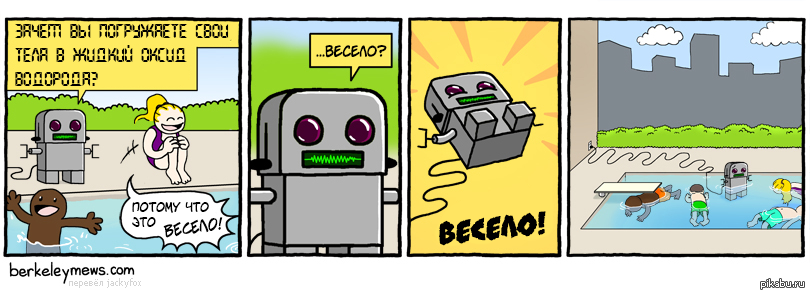What threatens premature automation

Odes of automation based on speech-to-text translation technologies and back do not subside. Who does not praise how to optimize the business and reduce costs. Yes, take at least ourselves: not only we automate our own processes, but we also help others. But it is important to understand that automation is not only useful, but also harmful. Under the cut a couple of examples of the second type (without names, of course), plus a checklist, with which you can not turn the first into the second.
Let's start with the harmful
In the depths of one company, an interactive assistant for clients was born. Very promising. Well, that is how. An automatic secretary who was supposed to help customers navigate among the many telephone services of the company.
Due to the limitations of recognition technology and the ability of the robot to understand live speech, it was cumbersome and inconvenient. Clients had to use a strictly defined set of words (so that the robot understands them). To do this, compiled hints for the "correct" answers to the question posed by the robot. Despite the instructions, the robot asked again whether he understood the human decision.
All this made communication with the machine extremely tedious and unpleasant for people, and the assistant quietly extinguished, replacing the good old IVR with the transfer of decisions of a person on DTMF. And rightly so.
By the way, about DTMF. Another unsuccessful example of automation is the combined recommendation and booking service, in which the client needs to interact with the robot assistant, who expresses preferences and on their basis offers various leisure options.
We prepared a dynamic voice menu, which was formed for each client, depending on his decisions in the previous steps. That is, as such, there was no strict menu structure, but there was an opportunity to express their preferences by answering the robot's questions in the form of DTMF signals.
The project was put into operation without concern for serious testing at its target audience. And after that, it suddenly turned out that people didn’t like to listen to the robot for a long time and choose at least five options to answer its question.
Both cases are united by one thing: the intelligence of the assistant and the limitations of the technology do not allow building complex discussions with an automated system by telephone. People quickly get tired of the mechanical assistant and try to connect with a live operator. Or simply refuse to use.
Sink automation with recognition and robots
How to understand that it is time to tackle automation using these technologies? If all the questions from the list below can be answered in the affirmative, then the time has come:
- automation will benefit the product for which a certain audience will want to pay?
- Will it reduce / eliminate barriers when using the product?
- just not bring new problems and barriers?
- All touch points are provided in the user interface - from a typical case to a non-standard, for example, the system response to errors?
You can add communication with the robot if he can answer a series of questions and unload support services. Put the robot in front of the seller - almost give the client a competitor.
A few more recommendations that will help in the implementation of the Text-to-speech technology:
- The speed of the text should be carefully chosen - so that the speech of the robot is legible, but not too dull (diligently pronounced recitation tires very quickly); Particular attention should be paid to cases where the system dictates some important data, say, the order number - there is no need to hurry here to give a person the opportunity to record information (you can also provide for the repetition of important information);
- It is good if the speech synthesis system supports intonation markup: it helps to make artificial speech more natural;
- the number of touches should be small: hardly anyone would like to wade through the complex structure of questions and clarifications; with each new touch, the probability of user failure will increase;
- The same can be said about the total interaction time - ideally, the user's task should be solved in a few seconds.
But what you should pay attention to when using reverse technology, Speech-to-text:
')
- the quality of recognition should slightly exceed the threshold at which the system can misinterpret the user;
- if the quality of recognition is not very high, then you need to think over the structure of the dialogue so that the person’s responses (and their variations — for example, agreement can be expressed in a variety of ways: from simple “yep” to some rare “there is such a thing”) are separated as much as possible sound;
- brief instructions for the person will help him respond more clearly for the system;
- the linearity of the dialogue, as well as the transition to the operator will help save from the negative.
We implemented Text-to-speech a long time ago, several Virtual PBX tools work on its basis, and right now we are testing Speech-to-text, which I wrote about in the past. Interactive call processing will help increase the return on these technologies, for example, using Text-to-speech, you can prepare a personal greeting or a menu with individual options for each caller on the fly.
Source: https://habr.com/ru/post/331838/
All Articles